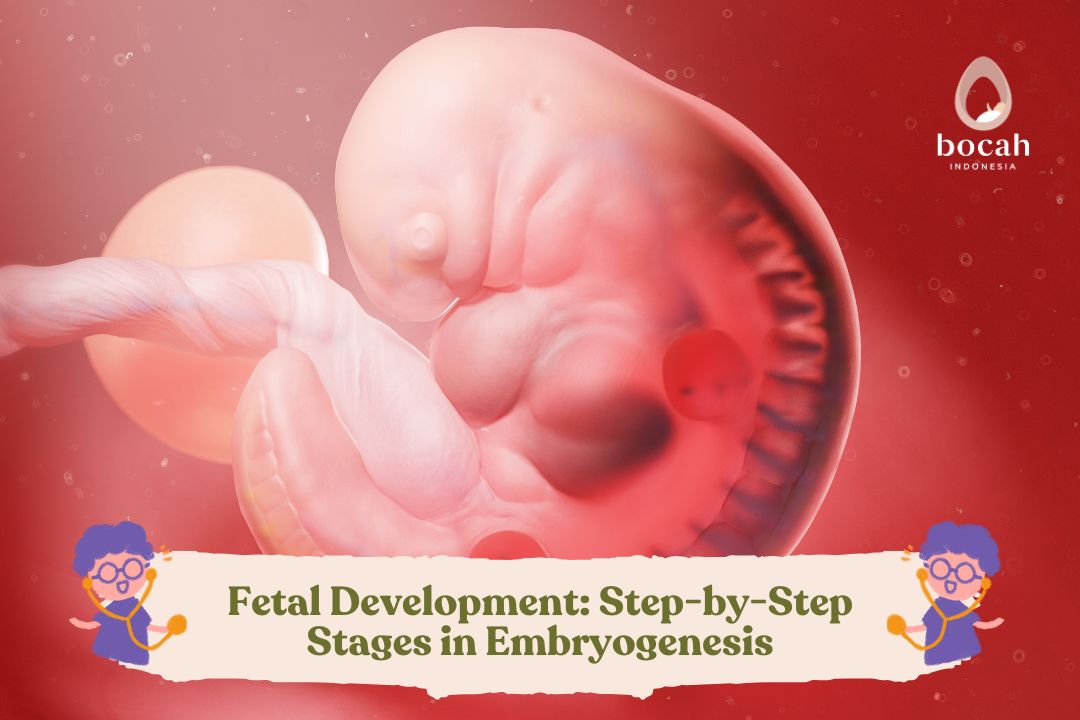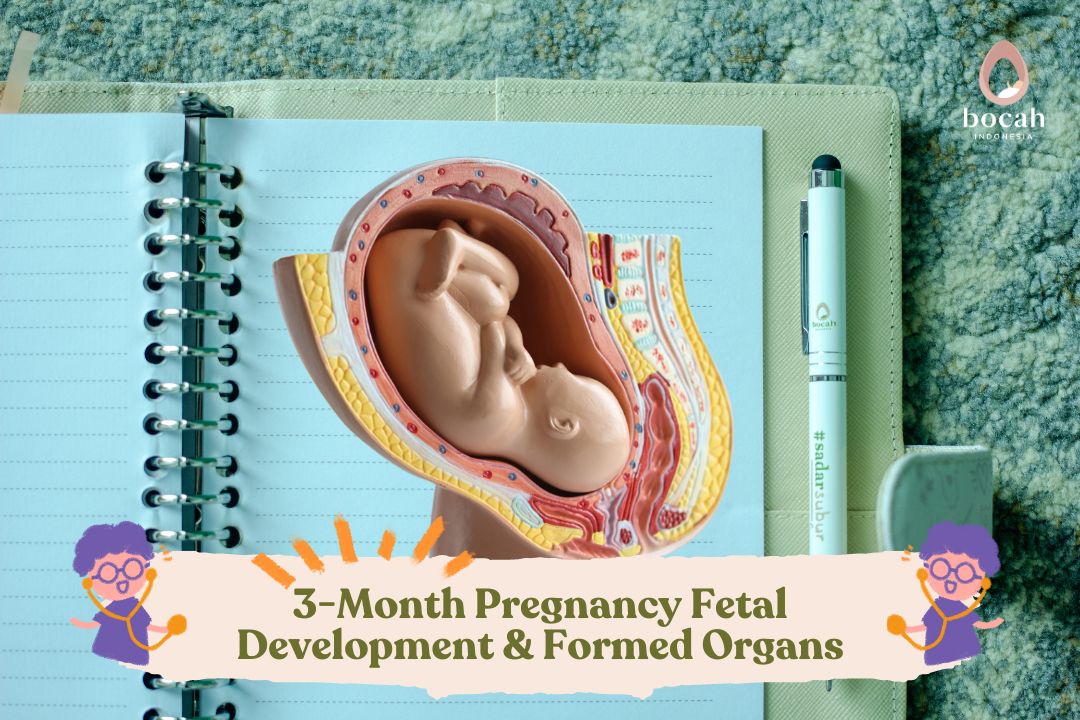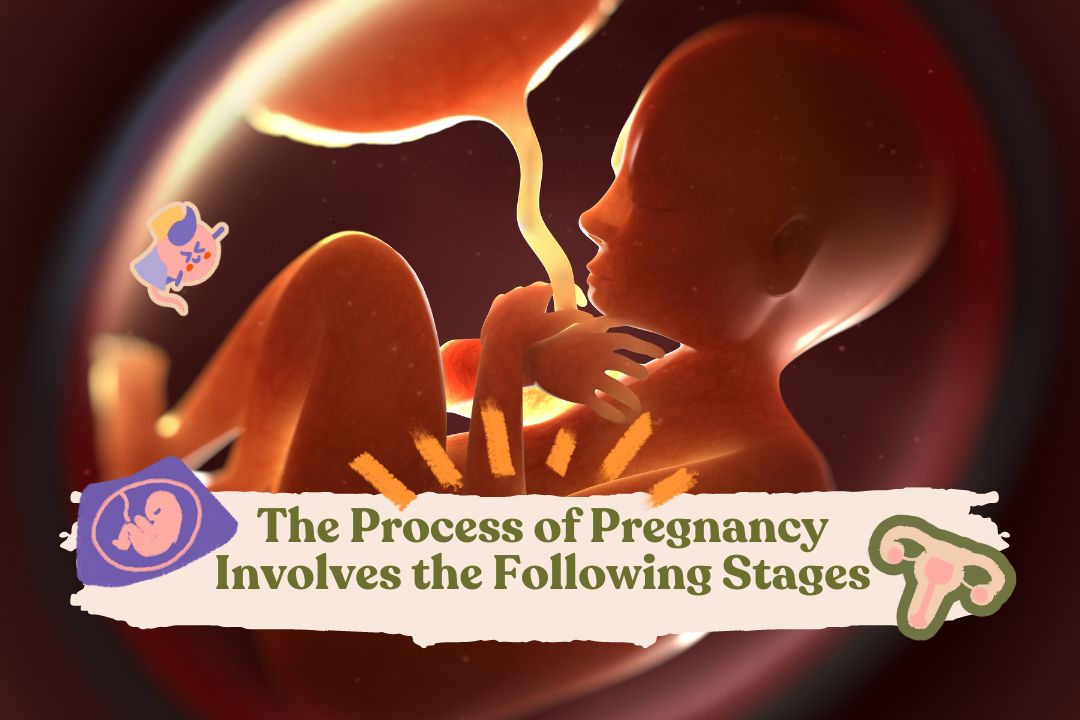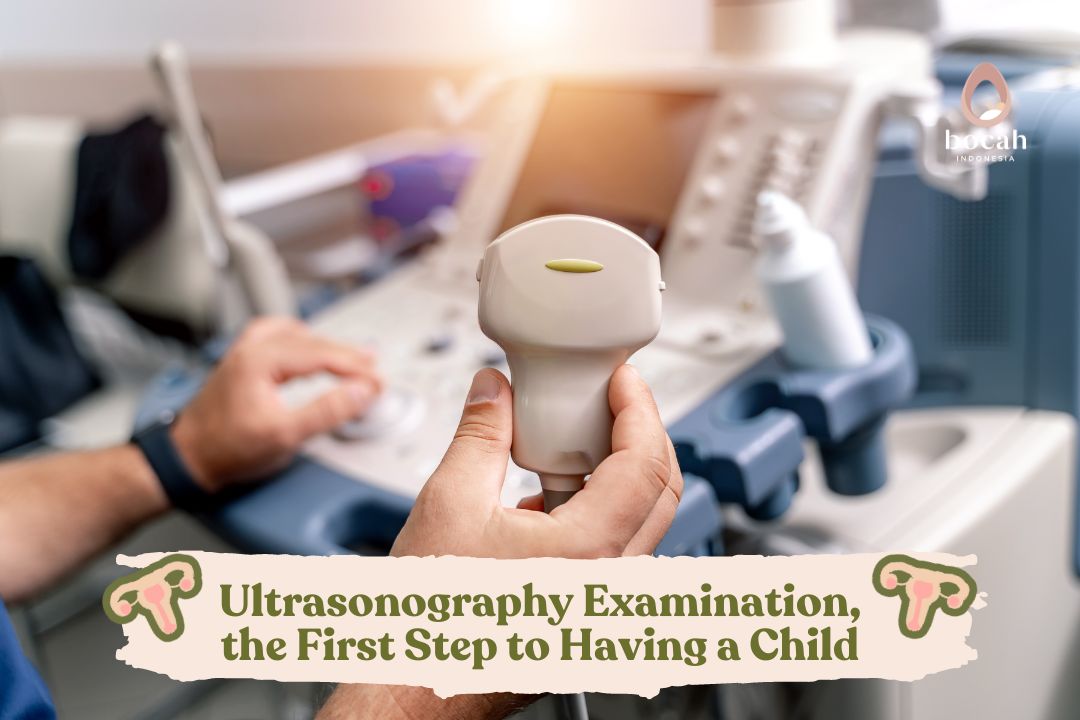Fetal Development: Step-by-Step Stages in Embryogenesis

Embryogenesis is a series of critical developmental stages that form the basic structure of the human body. This early phase in fetal development starts when the mother’s egg and father’s sperm unite, forming a zygote, which then undergoes a sequence of cell divisions and structural changes.
Understanding embryogenesis provides insights for parents into fetal growth and the importance of prenatal care during pregnancy.
Embryogenesis, covering the first eight weeks after fertilization, is a pivotal process that establishes the foundation of organs and tissues in the fetus. During these stages, the zygote goes through complex cell divisions and structural transformations.
Stages of Embryogenesis
- Fertilization Fertilization occurs when the mother’s egg is fertilized by the father’s sperm, forming a zygote. This single cell, containing genetic material from both parents, is formed approximately 24 hours after fertilization.
- Cleavage During the first three days, the zygote undergoes rapid cell division without cell growth, a process called cleavage. When the embryo reaches the 8-cell stage, compaction occurs, forming a solid ball of cells known as the morula (16 cells).
- Blastocyst Formation On the fourth day, a cavity called the blastocoel forms within the morula, resulting in a blastocyst, composed of an outer layer of cells and an inner cell mass. This structure plays an essential role in cell differentiation and further development (Smith & Johnson, 2021).
- Implantation The blastocyst moves into the uterus and attaches to the endometrial lining, a process known as implantation. This stage is crucial as it allows the fetus to receive nutrients from the mother.
- Formation of the Embryonic Disc In the following week, the cell mass divides and forms a bilaminar disc. One layer will develop into the embryo, while the other forms the yolk sac (Wolpert et al., 2019).
- Gastrulation Gastrulation marks the formation of three germ layers in the embryonic disc: endoderm, mesoderm, and ectoderm, each of which will develop into different organs and systems in the body.
- Nervous System Formation In the third week, the ectoderm forms the neural plate, which will develop into the central nervous system (Gilbert, 2020).
- Somite Formation Somites form from the mesoderm on both sides of the neural groove and will develop into the vertebrae and muscles (Sadler, 2021).
- Heart Fold Formation In the fourth week, heart folds begin to develop and beat. Structures for ears and eyes also start forming (Carlson, 2021).
- Brain Differentiation On day 34, the brain begins to differentiate into the forebrain, midbrain, and hindbrain. This process involves rapid growth in neural cells, critical for cognitive development (Larsen et al., 2022).
The Importance of Understanding Fetal Development
Understanding each stage of embryogenesis is crucial for parents, as each phase plays a role in determining the structure and function of the developing fetus. Research shows that appropriate care and support during pregnancy can have positive effects on fetal development (Nelson et al., 2023).
Source:
Tanya Mincah tentang Promil?
- Carlson, B. M. (2021). Human Embryology and Developmental Biology. Elsevier Health Sciences.
- Gilbert, S. F. (2020). Developmental Biology. Sinauer Associates.
- Larsen, W. J., Sherman, L. S., Potter, S. S., & Scott, W. J. (2022). Human Embryology. Churchill Livingstone.
- Nelson, K., Sur, M., & Layton, D. (2023). Embryogenesis and Early Developmental Stages: A Review. Journal of Developmental Biology, 12(1), 45-61.
- Sadler, T. W. (2021). Langman’s Medical Embryology. Wolters Kluwer.
- Smith, J., & Johnson, R. (2021). The Fundamentals of Embryogenesis. International Journal of Embryology, 35(3), 78-94.
- Wolpert, L., Tickle, C., & Arias, A. M. (2019). Principles of Development. Oxford University Press.
- Magnesium Deficiency, Does It Affect Fertility? - 12/12/2025
- How to Treat Infections of the Fallopian Tubes - 05/12/2025
- Is It True That You Should Space Out Intercourse to Achieve Pregnancy? - 24/11/2025






